Week 2:
Computer-aided design

I feel this week 2 assignments are gonna encourage me way more than the ones last week. I have a pretty solid CAD background, but mainly focused on Engineering softwares such as: SolidWorks, SolidEdge, Catia and NX. The render above might give you a good idea of my previous skills before Fab Academy. I was mainly focused on engineering CAD programs but with design based render skills.
Although, I think that softwares such as Blender, Grasshopper or Rhino might provide a new POV to my skills. As a first, look to them they work in a more intuitive way and allow the user to develope more organical geometries. Some of my work collegues use this more artistic softwares and their final results are astonishing. I finally get the chance to put my hands on this!
The three assignments for this week are:
• Model (raster, vector, 2D, 3D, render, animate, simulate, ...) a possible final project.
• Compress your images and videos.
• Post it on your class page.
Vector vs. Raster
I already work with Illustrator as a vector software, but never been really used to work with raster softwares. I previously had some little contacts with photoshop and more or less know the basics. Today (04/02/2021) Edu, one of our instructors showed us a 2019 Fab Academy student website where he did a comparison between Illustrator and Photoshop. I think that's a cool way to get into vectors/raster main difference.
The main idea for this block is start in a raster image, convert it into a vector workspace, and then apply it into another raster image as a final result. I will start by finding the image and vecotzing it with Illustrator.
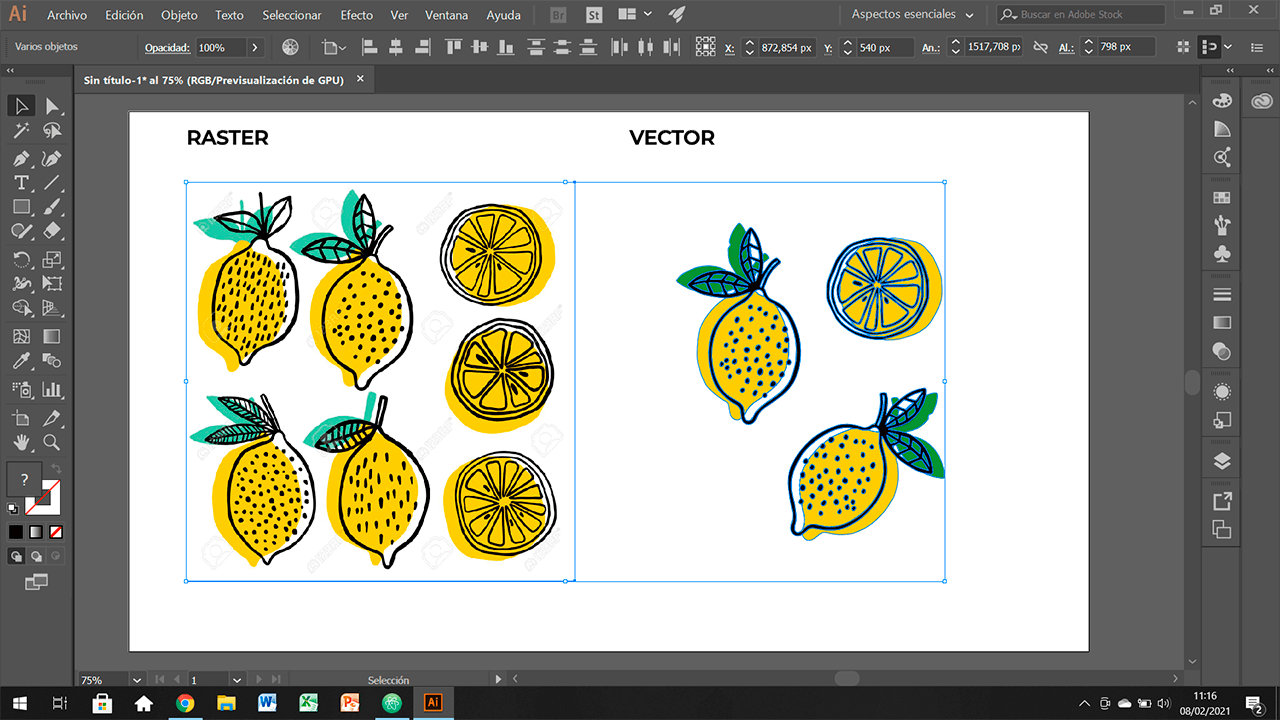
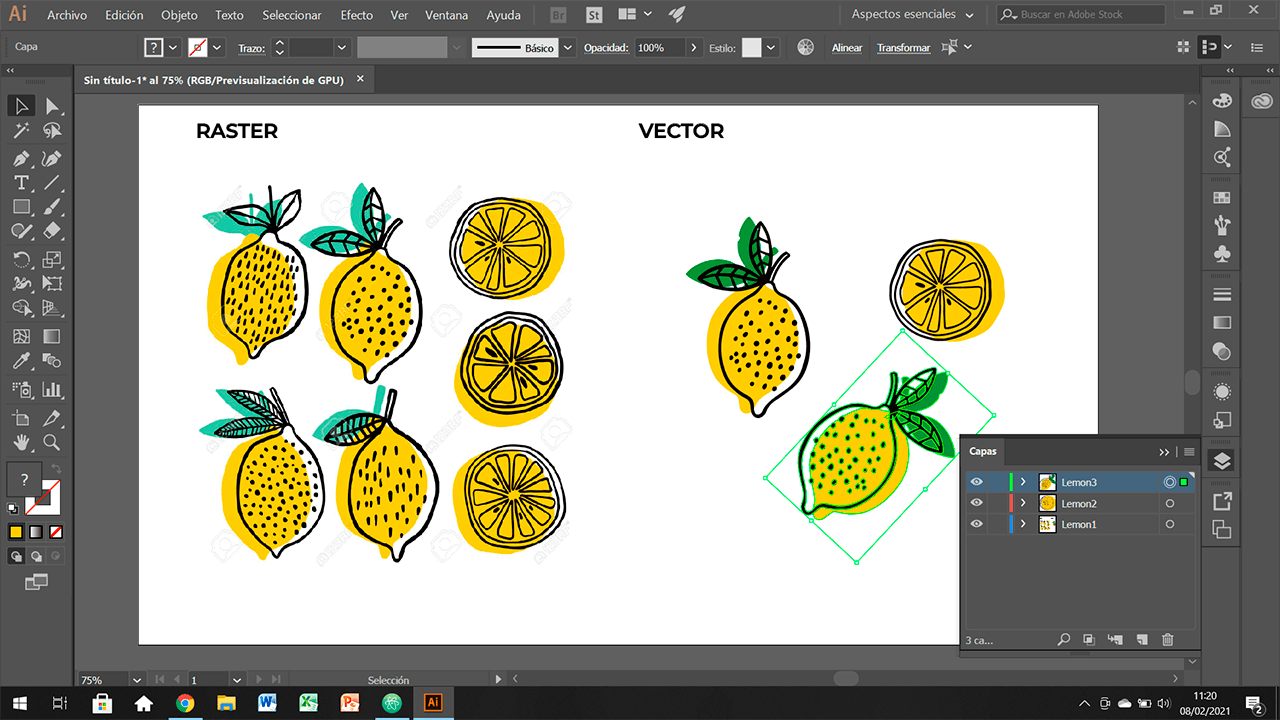
Once I had already modified the vector image and went for the ones I liked the most, I jumped to the raster software. In this case Photoshop. Downloading a stock image of a model t-shirt I then started to crop the image in place as a new layer.


Finally, you just need to save the image in png format to generate a single raster image to finish the raster-vector-raster process. The image below is the final result for my 2D software trials this week.


SolidWorks vs. Fusion 360
This block from the week I wanted to make a comparison between my main CAD software, Solidworks and some of the alternatives that we have been shown. I will always keep an eye on the tools they provide me, taking Solidworks as a standard to go against.
Solidworks 2018
This has been my CAD software for the last 2 years or so. It has a really technical DNA, and I can say that pretty much covers all my needs in terms of engineering issues. And do not want to add images or media so you can forge your own personal opinion on the performance Solidworks can provide you.
Pros
It is a world on its own. You can start a model from scratch and end up working in the mechanical simulations of a 4-steps explosion motor, with all its parts and assemblies.
It is really focused and traditional CAD softwares, working from a industrial focused procedure. All I can draw without errors from Solidwroks, will be produced without any major issues.
It allows you to work rather in order or in synchro spaces, depending on your need. For example, solids usually are worked in synchro mode and metal sheet modelling is based in order operations.
Cons
Starting all componens from a 2D sketch does not allow you to go further in organical shapes.
Sometimes it can be too "tryhard". A good example are finit element studies, in which you recive a minimum of 10 pages of super technical subjects. If you are not used to engineering, you won't be able to undertand anything apart from 2D and 3D modelling.
It is not provided with a rendering motor. Although it is extremely powerfull the artistic part of CAD is left aside. I always use Keyshot to be able to render my components or assemblies.
Autodesk Fusion 360
I already knew it, but never had the cance to use it, as soon as it is a commercial software in the cloud. I usually obtain my software from non-official sources, but Fusion 360 is impossible because of it cloud based motor. After using it for 1 or 2 hours I got to the following idea: "It is Solidworks made simple!"
I designed a simple shape in about 15 minutes. In 20 to 25 more minutes I was able to prepare and render it in like 2-3 different ways. Did also an animations in les than 1 minute. Later on, I got into the simulation aspects from the software. WAY TOO EASY! It took me around 30 minutes to go through all the big steps in an analysis and it calculated all the tensions even quicker.
As I told you the work efficiency is crazy high.

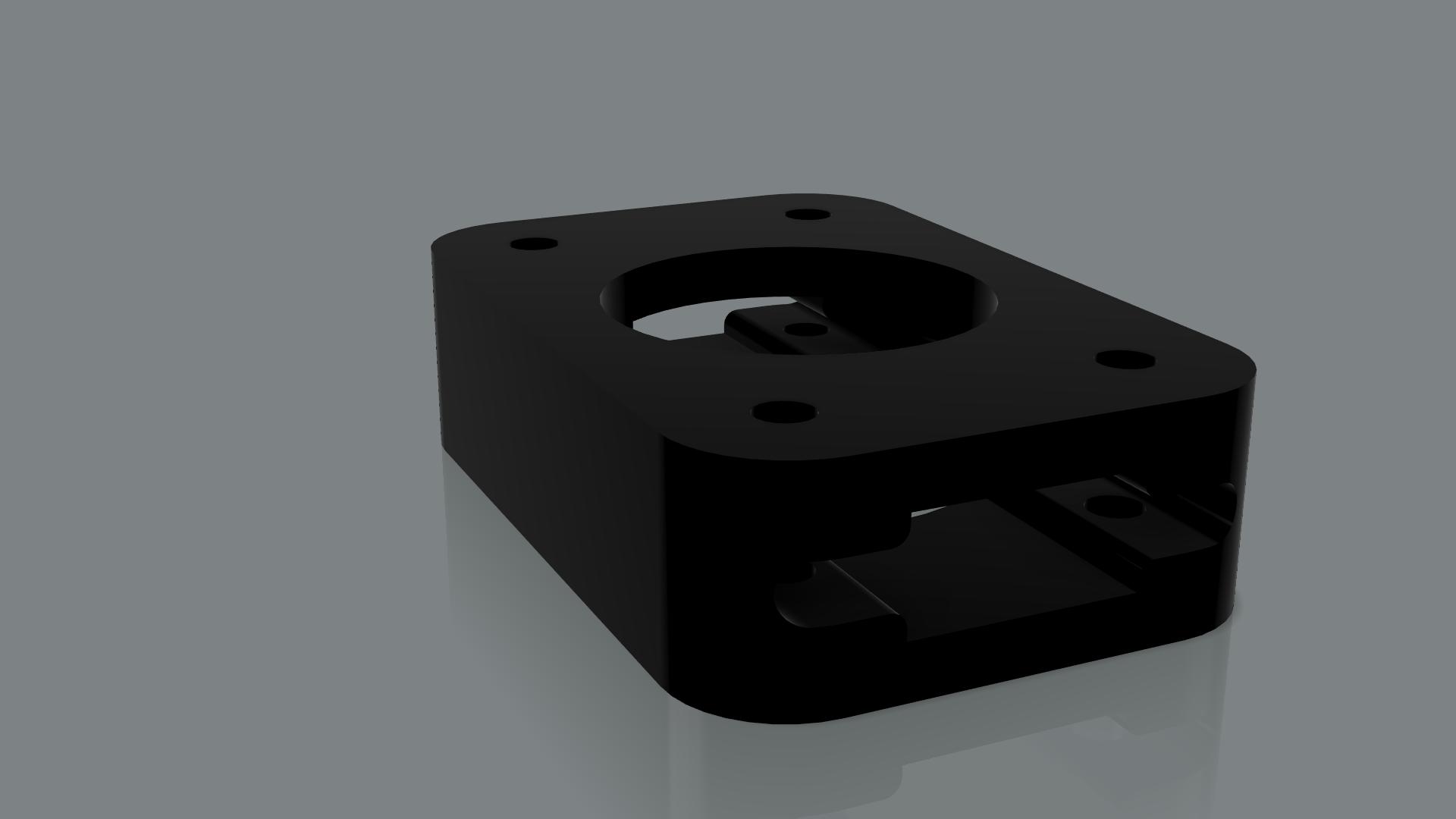
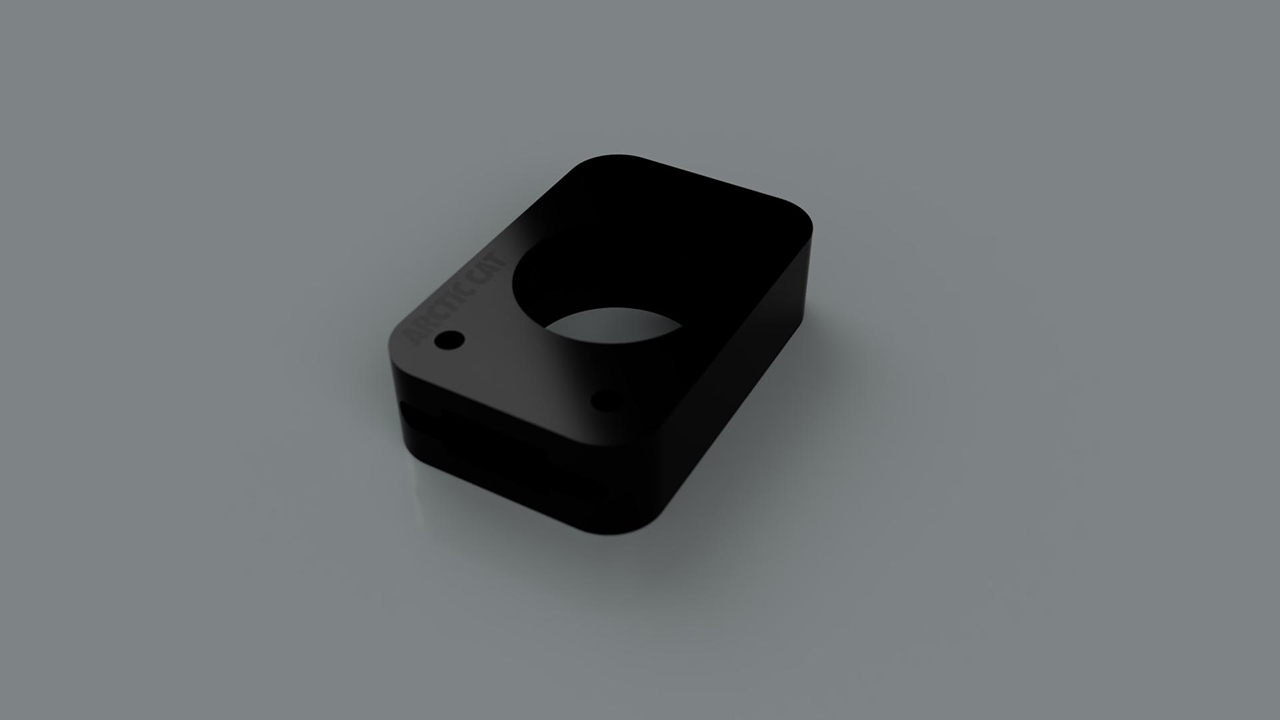
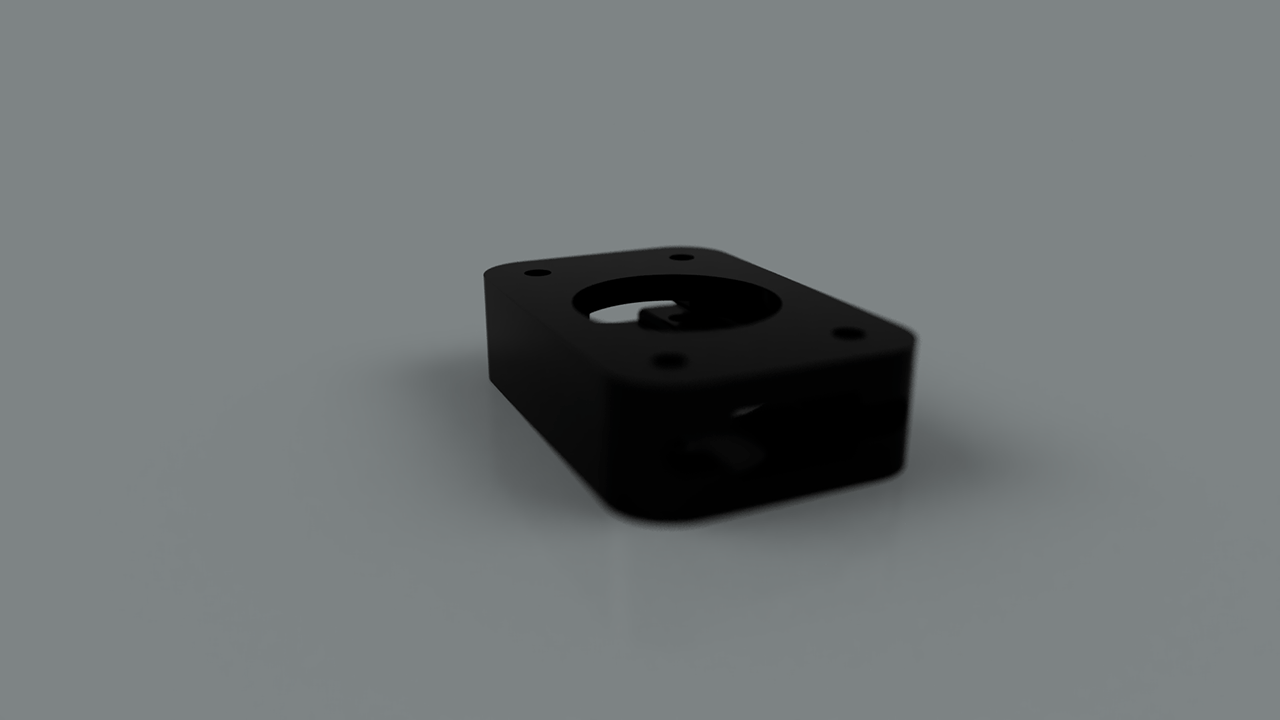
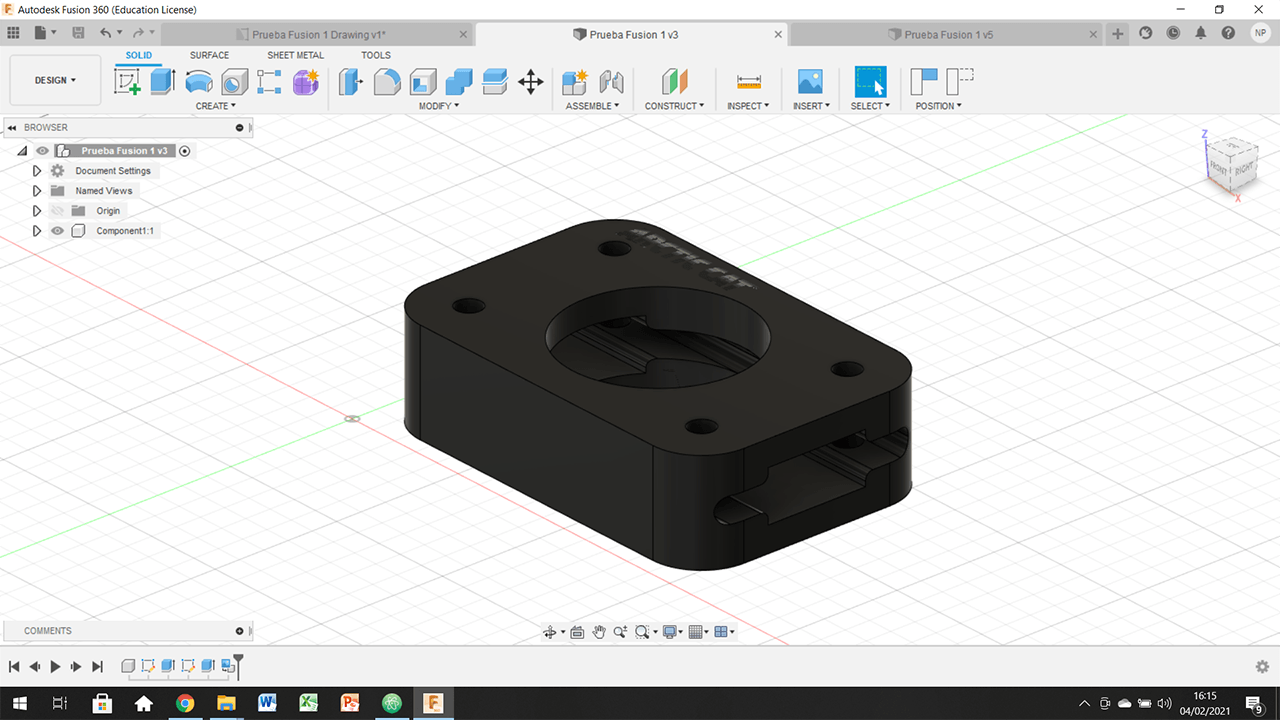
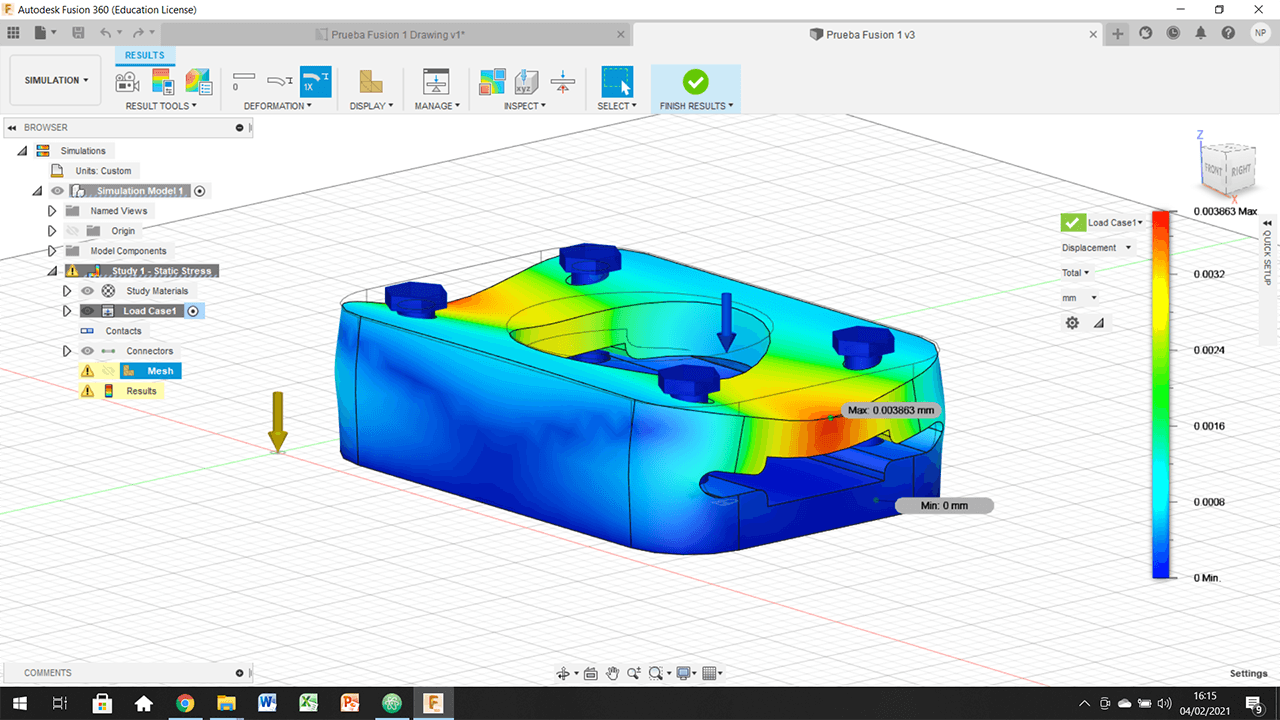
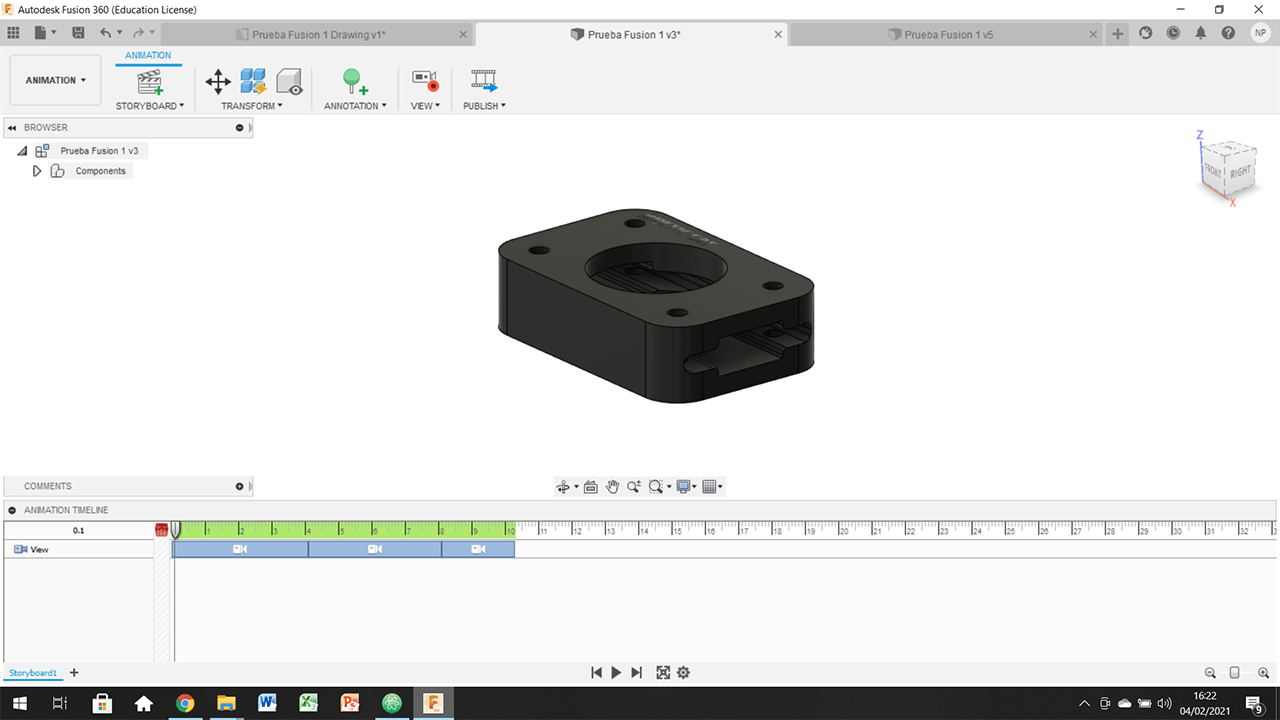
Pros
User Inteface (UI) is impeccable. Looks fresh, it is intuitive and allows you to navigate in a smooth way.
It gives you the chance to modelate, render, analise, animate and manufacturate with a couple cliks.
Even being not as powerfull as Solidworks, if you don't expect MIT results it is perfect. Even in their website they quote: "more gain, less pain". What else can I say to that?
Cons
Its cloud focused engine doesn't allow you to work without a internet connection.
Not as powerful as its rivals such as Solidworks, Catia, Nx or even Siemens SolidEdge.
Way too expensive (425$/a year) for a full license that it is not even close to Solidworks features.
Rhinoceros 6
At first look Rhinoceros seems to be also a Engineering focused program, but it is no, at least in my opinion. It is mainly optimized to develope surfaces and freeform shapes. I mean, that is not bad but I have a weird feeling about it. If we can say that SolidWorks and Fusion are super technical, and blender is super artistic... Where is Rhino at?
It is powerfull and can acomplish almost anything in terms of modelling, but in a way that is not artistc rather technical. I believe it is in a mid-point, between the previous softwares. Not as technical, not as much freedom.
Chatting with my collegues, who have a massive background in architecture, all of them are used to Rhino. That is the point where I realised what was happening: it is the perfect mix for architecture. The can create organical shapes, no sculping it, but working on a more technical interface.
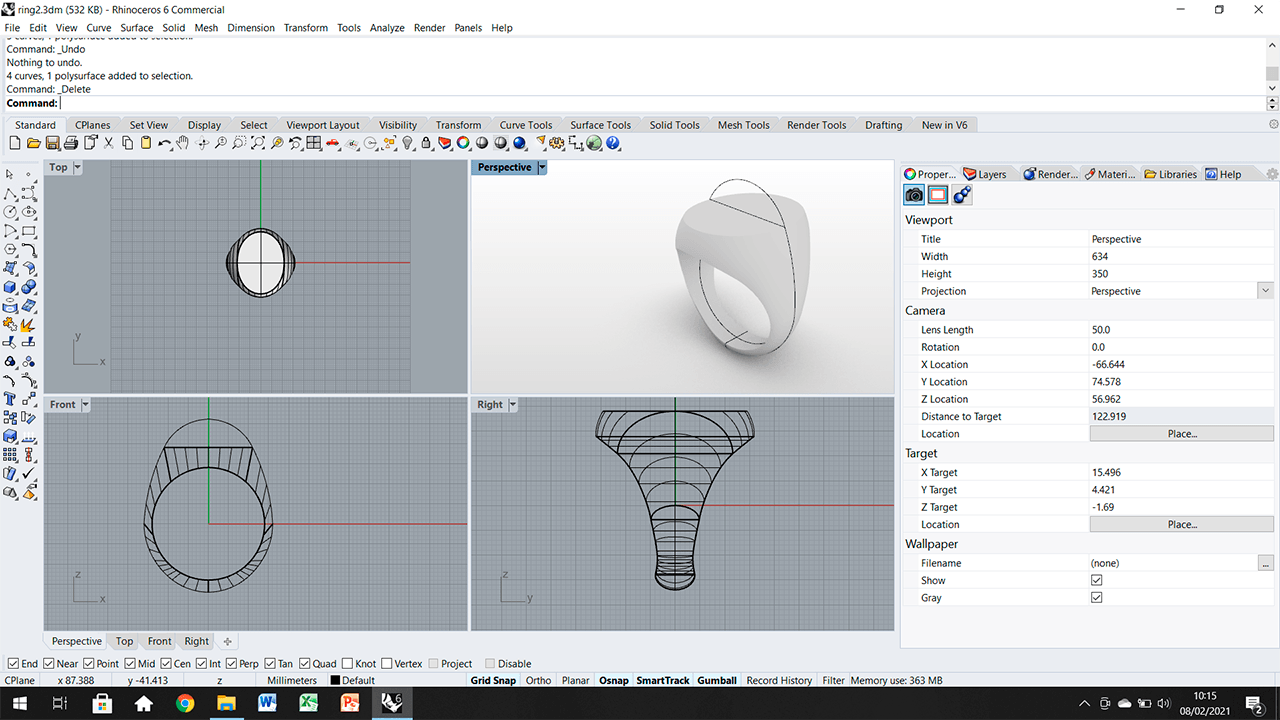
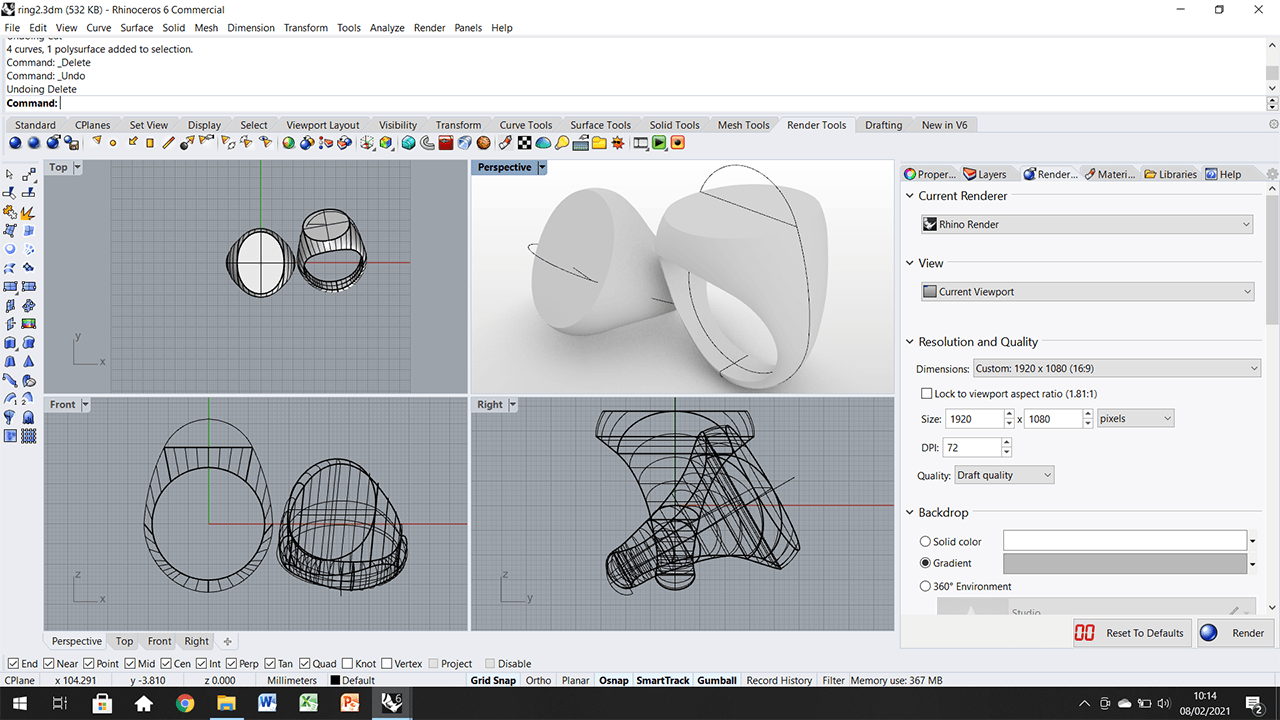
I had a good overview of Rhino tools by modelling a fillet ring (Jewelry is something I always wanted to explore). But I think I did something wrong during the process: I tried Blender meanwhile. I believe that Rhinoceros give you some cool 3D Sketching tools but they are kinda related to engineering and architecture. So the amount of freedom you are given is not that much.
My conclusion is the following: Rhino is a good mix between engineering focused softwares such as Solidworks, but especially designed to develope more organical shapes. The thing is that you will never achive Solidworks professional features, niether Blender modelling freedom.
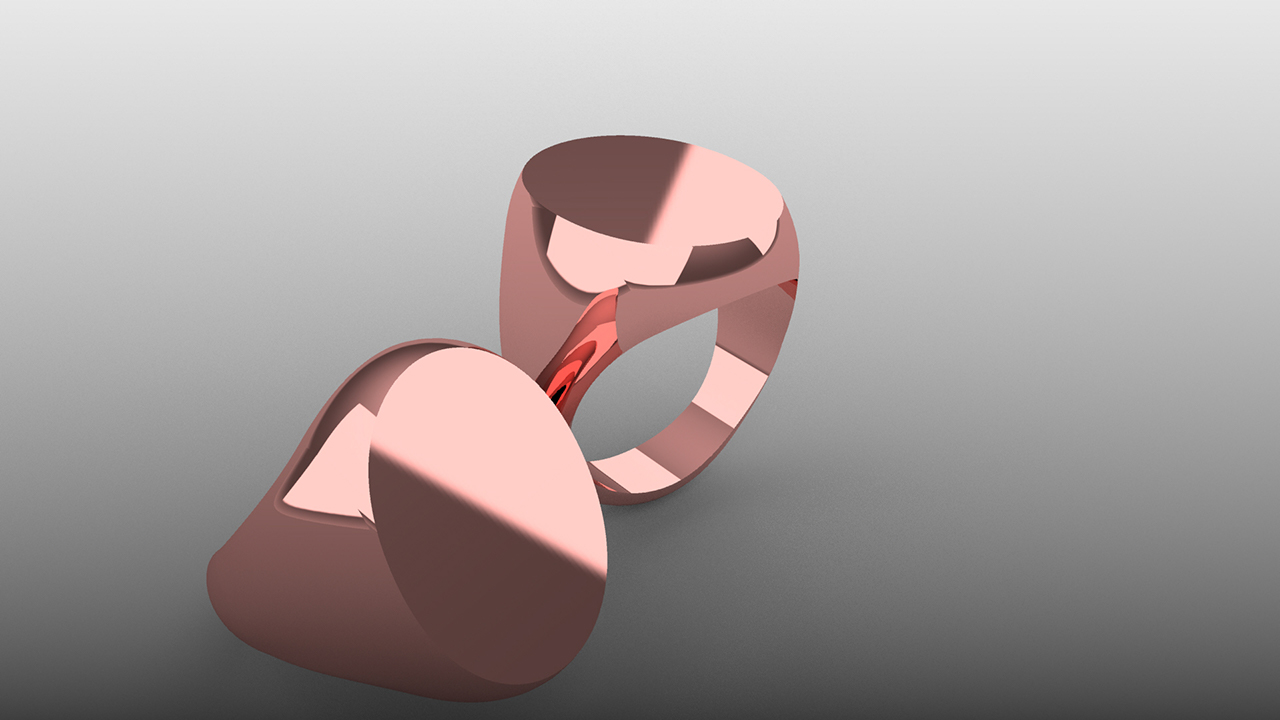
Pros
Really good surface generation.
Really good UI, especially the split-screen workspace.
Cons
Without GrassHopper it ends up being a cool aproach to CAD, but weak at the end of the day.
The rendering software is not really good.
Blender
I believe Blender is the most unic software of them all. You have almost total freedom during the design proces in terms of modelling and physics generation. It is also remarkable for its "movie creating" DNA, I have seen some of the short movies they developed and are quite amazing.
One of my main reasons to be attracted to it, is the amount of power you recieve from an opensource software. I have never been in toucch with it so I believe the basic controls might be a bit overwelming for the first hours. Let's see how does it work!
I tried to dive into the physics engine but was too much for a beginner. Instead, I followed a tutorial in how to model using the Edit Mode from top/side/front drawings.
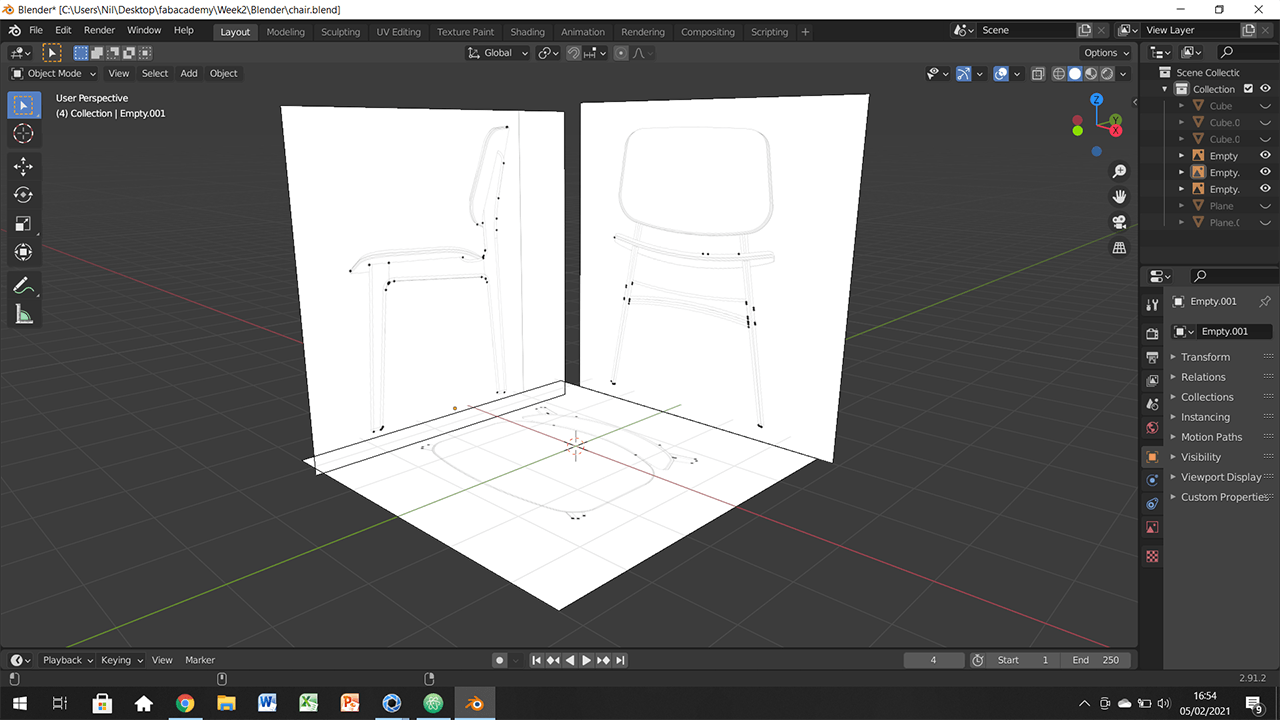

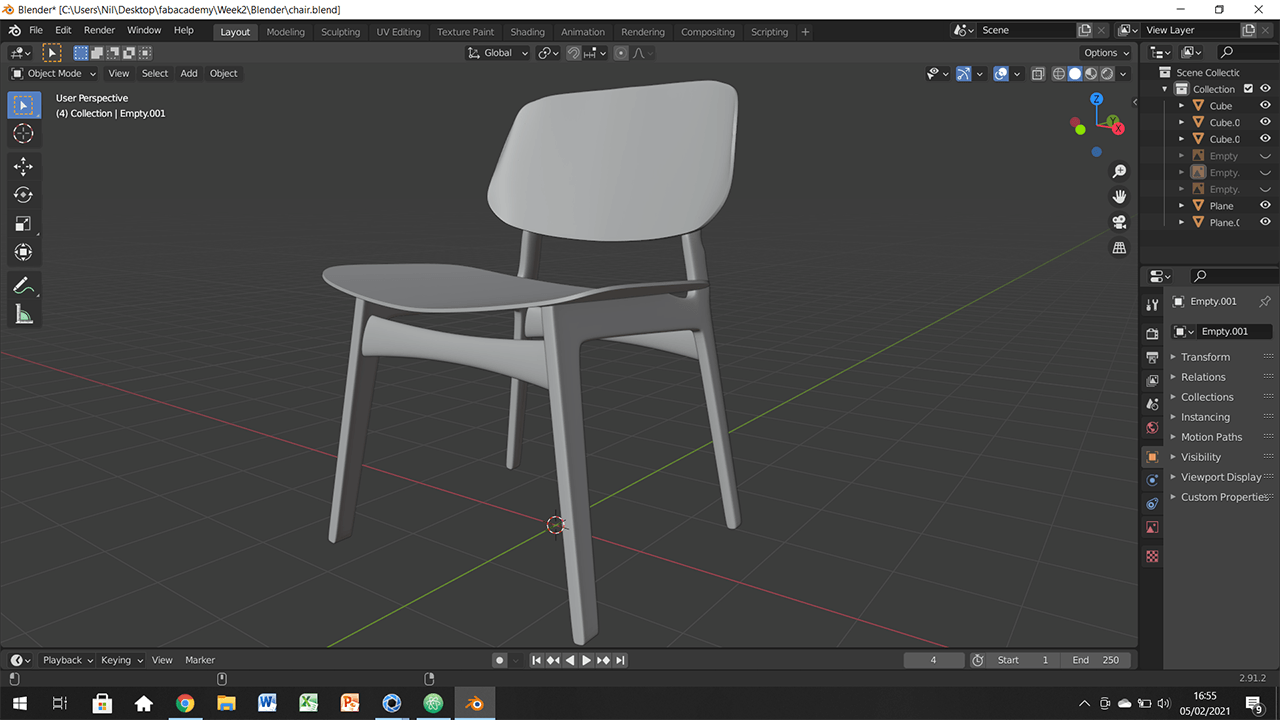
I spent a bunch of hours(more than I would like to admit) working in the moddeling process of the chair. But I belive the results are incredible. For my career this software is gonna bring my designs to a whole other level. I'm in love with Blender!!!
As I did not want to go to deep into wrapping rendering I exported the chair file in .objet and imported it in Keyshot. This last is my main rendering engine (There is a full major part of this weeks website focused on rendering softwares) Here is a sneakpic on my chair renders.

Pros
FREEDOM! Its sculping and freeform modelling techniques provide you a unlimited freedom while shapping and creating designs. I really undestand now why is one of the main softwares for animation movies.
Creativity turns up to 11 because of the previous pro.
Animation and physics are an amazing adittion for me in CAD softwares. With no previous experience, they are useful and intuitive.
Completely opensource and free of charge.
Cons
Its render engine is based in wrapping textures. This might no be a con if you are into those kind of renders, but in myy case its way to comlicated for the final result you end up with.
Does not allow you to export your models als drawing in an easy way. It is logical, because it is not developed to cover engineering needs.
Rendering
I am really into rendering my designs to give my clients a more realistic feeling. That is why I would like to try some rendering softwares apart from Keyshot, which has been my main one for the last 4-5 years.
In this major chapter of my week 2 assignment I prefer not to compare them because they are all way to different. Instead, I prefer to go for a couple lines showing my way through them.
Keyshot 5 & 10
No major surprises for Keyshot, as soon as it has been my main software for many years. It is powerful, easy to use and really strong in terms of light and material generation. Also, it's default materials are pretty accurate and just by costumizing them a bit you obtain really good renders.
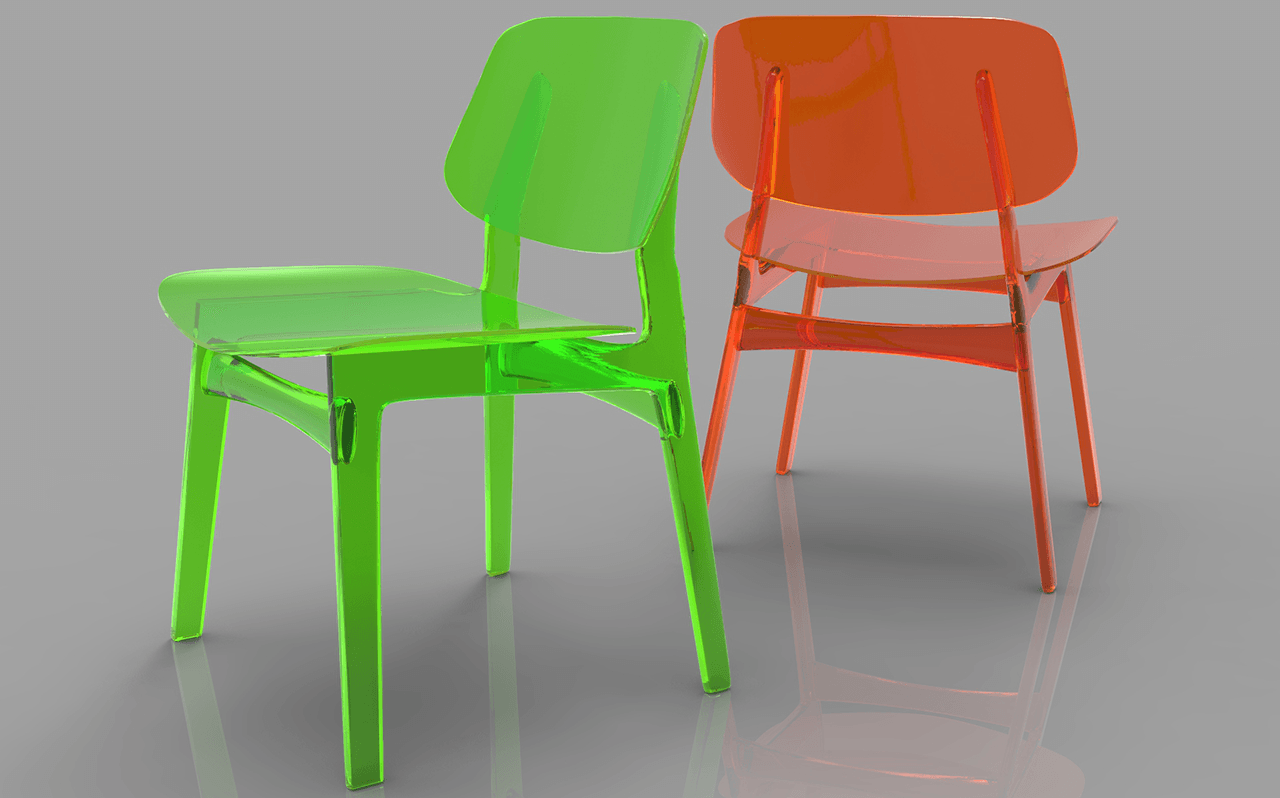
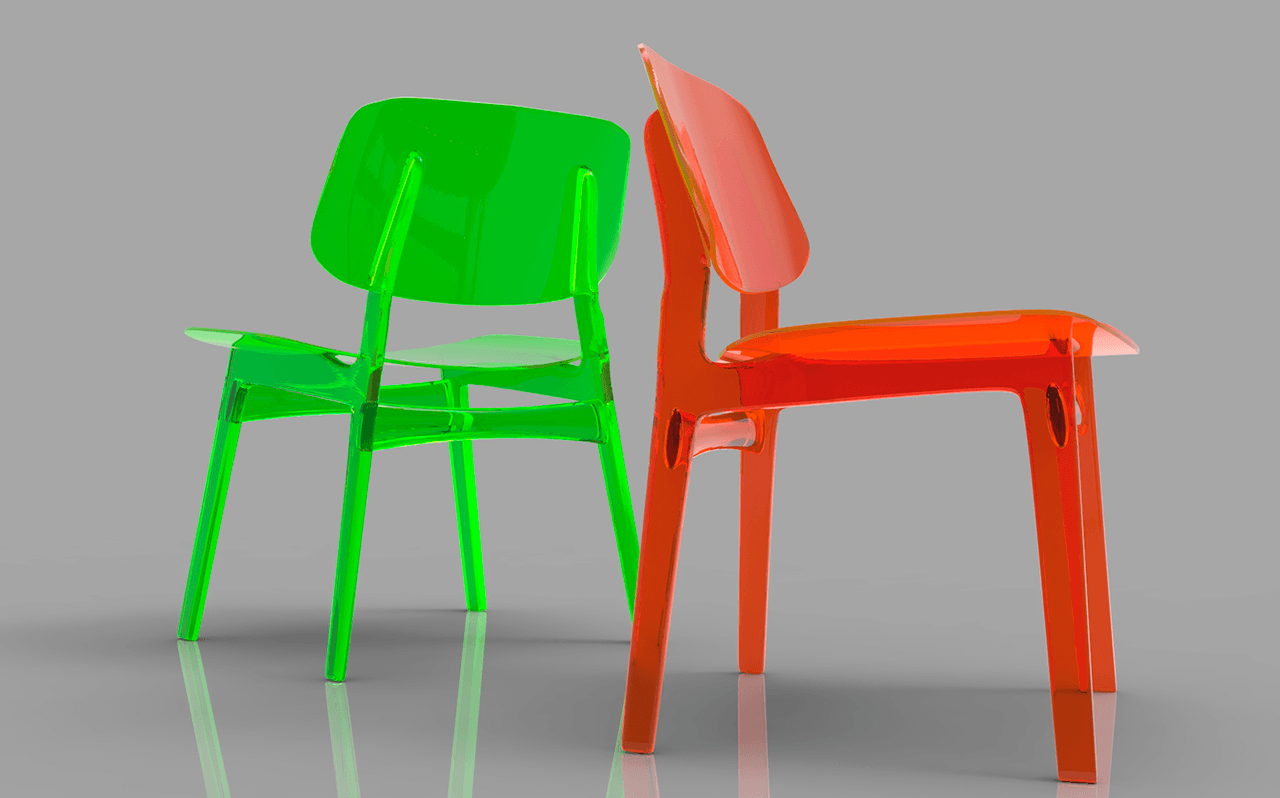
Rhino 6 (In-built Rendering)
I haven't been able to spend as much hours as I would like to in its rendering engine, but the first opinion is not that good. Its material libraries are limited and everytime you want to costumize them, things feel to cluncky. Lights and environment are way too default. I believe that the realtime rendering si way better than the dedicated rendering engine results.

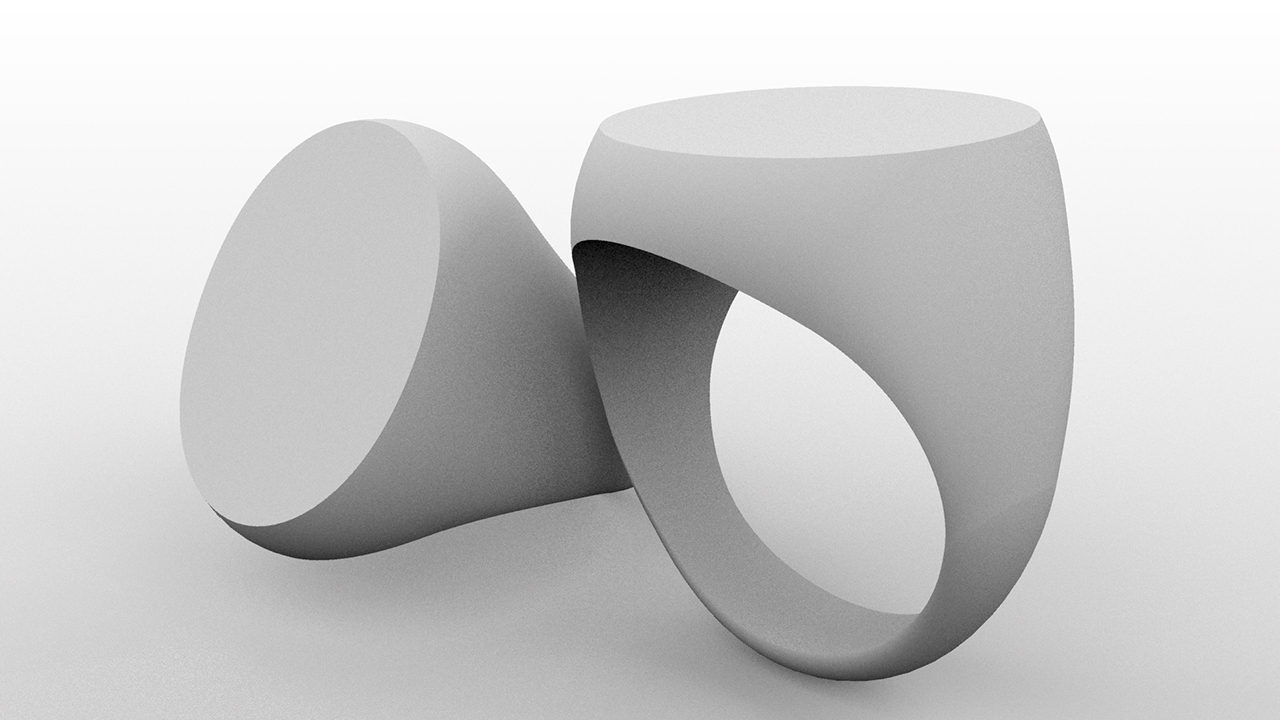
Fusion 360 (Cloud Rendering)
Fusion feels straight forward almost at anytime and rendering is not an exception. In a matter of minutes you can apply a good looking material, stickers, some lights and a simple environment. What I really liked is its cloud based rendering engine. Feels amazing to be able to ask Autodesk for a massive render you won't be able to run otherwise. The credit system I think is too commercial. (it's nice that student licenses recieve unlimited credits, but I don't imagine spending that much money in rendering in the cloud.)


Original Files
Link to Original files from this week.
What to improve for next assignments?
This week has been thilling, I had the chance to put my hands in so many new softwares and by following many tutorials I learnt soo much. Eventhough I think many things may improve due to next week's assignments.
What to improve during week 3?
· Decide, once and for all, what my final project will be.
· Focus the major part of my efforts around my final project.
· Plan a the week in advance. This week I realized too late that the assignment was not actually fulfilled.
· Keep the good mindset and keep documentating my way through the week.